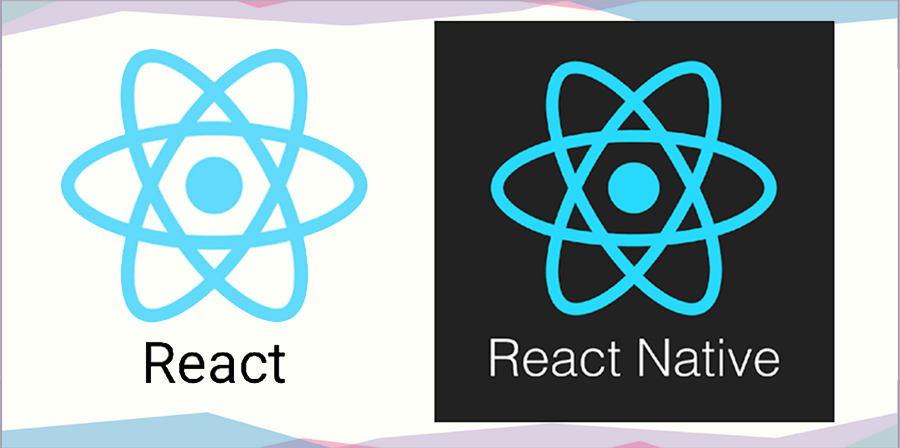A company of repute has recently created an industrial uproar by launching React-specific application development services and the existing market cannot stop gushing about the possibilities and world of opportunities that this platform brings into the scheme of things. Put simply, React facilitates faster mobile app rollouts but it also does a lot more than what a layman can actually think of. Chapter 247 is one such organization that started adopting React Technologies, way back in 2015 and it’s time we start learning more about the underlining aspects for delving deeper into the realm of functional app development.
Why Companies Usually Persist with React?
The way firms like Chapter 247 deploy React reveals a lot about this platform and the existing feature sets. Companies assign product strategists, native developers, and engineers for handling projects in the best possible manner. At present, even the likes of Netflix, Instagram, and Facebook are leveraging React, as the go to platform for app development. React allows esteemed organizations to launch native apps over multiple operating systems; thereby making the latter device-agnostic. The end results include high-end scalability and enhanced flexibility; courtesy the exhaustive open-source library.
Segregating React Technologies Further
Experienced companies basically use React Native and ReactJS together in order to develop mobile and web applications. However, it was ReactJS that was initially developed for helping Facebook optimize the overall development process. ReactJS featured libraries based on XHP (Facebook Markup Syntax) and JavaScript, which in turn helped Facebook with speed, extremely dynamic pages and responsive user inputs. Initially launched in 2011, ReactJS rendered a fresh look to the concerned pages, specifically catered towards a dynamic, responsive and performance-oriented user experience.
While ReactJS primarily emphasized on improving the user experience courtesy a highly intuitive UI, React Native was initially developed to work as a hybrid platform, specifically for mobile app development. React Native started gathering popularity courtesy the inclusion of the mobile-first approach. This platform combines JavaScript UI with native application, precisely for making them compatible across different operating platforms like Android and iOS. ReactJS, however, is still at the core of React Native with the latter created primarily for handling a mobile-specific ecosystem.
Combining ReactJS and React Native Together
For someone who is looking to develop complex User Interfaces, fast mobile applications and excellent transitions from one framework to another, both these react technologies need to be used. However, we must understand that ReactJS is the JavaScript library with open-source characteristics whereas the React Native is primarily a framework. Moreover, Native doesn’t use HTML and CSS tags for the app rendering process. While both these technologies come forth with component-specific architecture, it is prudent enough to write native components synonymous to the mobile environment with React Native on-board. However, for those who are spoilt for choices, ReactJS offers all the advantages currently offered by the other React technology.
For someone who is looking to develop complex User Interfaces, fast mobile applications and excellent transitions from one framework to another, both these react technologies need to be used. However, we must understand that ReactJS is the JavaScript library with open-source characteristics whereas the React Native is primarily a framework. Moreover, Native doesn’t use HTML and CSS tags for the app rendering process. While both these technologies come forth with component-specific architecture, it is prudent enough to write native components synonymous to the mobile environment with React Native on-board. However, for those who are spoilt for choices, ReactJS offers all the advantages currently offered by the other React technology.
Chapter 247, an industry leader in the application of this technology deploys ReactJS and React Native together for solving real-time development challenges and helping the R&D release products in a faster and less convoluted manner. With React environment and technologies on-board, similar organizations can easily pitch proposal to the investors while concentrating more on off-shore, on-site and outsourcing developments. This eventually helps minimize overhead costs and maximize talent.
React Technology is potent enough when it comes to holding its head high amidst the more popular front-end development technologies like Polymer and Angular. Chapter 247 is one leading company that amalgamates Native Developer technologies with React.JS for catering to varied customer requirements.







